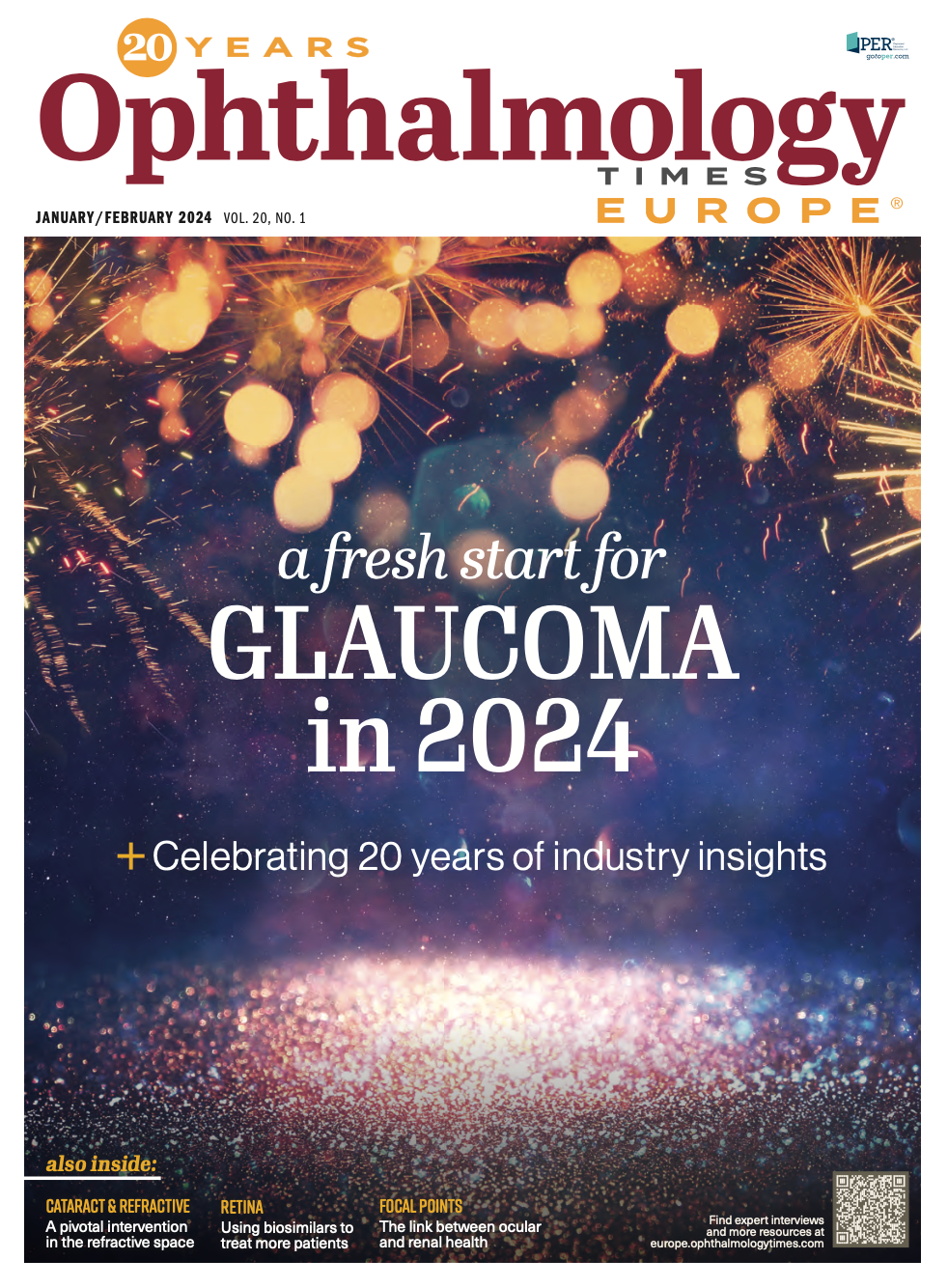Case report: diversifying cataract outcomes
Many options with one single Nd:YAG laser
Cataract surgery is one of the most common eye surgeries around the world. It usually has a high success rate, thanks to improvements in the materials and designs of intraocular lenses (IOLs). However, some patients may still develop posterior capsular opacification (PCO) after surgery. PCO, the most common complication that happens later on after cataract surgery, gradually clouds the back part of the lens capsule, affecting vision clarity in a way that is similar to the cataract itself. About 20.7% of patients show signs of PCO 2 years after their surgery, and 28.5% after 5 years.1 To treat this issue, we use neodymium:yttrium-aluminium-garnet (Nd:YAG) laser capsulotomy. This involves making a small, precise opening in the cloudy capsule with a laser, which allows light to pass through. It is rated as a fast, effective and easy-to-use method. In some clinics, young doctors in training are already allowed to perform these procedures.
Given the widespread use of Nd:YAG laser treatments and the variety of devices available, choosing one that achieves the best results with minimal energy and fewer chance for complications like laser shots is crucial. We assessed the new VISULAS® YAG laser device. The laser had undergone numerous modifications over the years, introducing its latest version in 2023 to stay abreast of ophthalmic and technological fields. A notable feature is its optional camera system, which attaches to the slit lamp and captures high-resolution images and videos. These visuals are not only educational but also help in engaging patients more in their treatment process. (Figure 1)
Additionally, the camera system is very useful for documenting the grade of the opacification and also other co-pathologies in the anterior segment of the eye (Figure 2a, 2b). Its ability to capture and store high-quality images allows for sharing them with patients, leading to a better understanding of their condition. Furthermore, the system aids in collaborative learning among medical professionals, enriching the overall educational experience. The device can also integrate these digital patient examinations into the optional data management solution platform, the ZEISS Forum. This integration enables more precise assessments and enhances therapeutic expertise.
Today, every cataract surgery is treated as a procedure aiming for high-quality vision, with both patients and surgeons expecting excellent results. When complications like PCO arise, the objective is to resolve them effectively to achieve the best possible visual acuity and overall quality of vision. This requires a careful approach during Nd:YAG capsulotomy, focusing precisely and using the least necessary energy. The device’s switchable feature, moving from 4- to 2-point aiming, greatly improves safety and accuracy. It focuses the ideal amount of energy precisely where needed, leading to a safer and more effective procedure (see Figure 3a, 3b). The 2-point aiming beam is particularly useful for presbyopia-correcting IOLs, tinted IOLs, and in complex cases like tilted or decentered lenses. This enhances precision in these delicate situations (see Figure 4). Additionally, the new VISULAS InsightView display offers a comprehensive view of the entire treatment area, energy levels, and procedural parameters, all in real time during the laser process. This helps in maximising treatment outcomes.

Nd:YAG laser capsulotomy is a generally safe procedure known for its well documented improvements in visual acuity, glare and contrast sensitivity, and the overall quality of vision.2 Nevertheless, it is not devoid of complications. These complications include intraocular pressure (IOP) rise, cystoid macular oedema, vitreous prolapse, retinal tears and detachment, and IOL defects and refractive changes.3,4 Among these complications, IOL defects, referred to as YAG-pits, are noteworthy and can remarkably impact the overall quality of vision as highlighted by data from several studies.5-7 These defects are often associated with improper beam focusing and high energy levels, underscoring the necessity of judicious parameters control to minimize the risk for such complication. As these defects can have permanent negative effects on the quality of vision, they should be avoided.
In summary, Nd:YAG laser stands as a pivotal intervention in the ophthalmic practice, effectively addressing posterior capsular opacification (along with other several indications). The nuanced application of this procedure, with careful attention to parameters and safety features, ensures both efficiency and precision.
References
1. Karahan E, Er D, Kaynak S. An Overview of Nd:YAG laser capsulotomy. Med Hypothesis Discov Innov Ophthalmol. 2014;3(2):45. Accessed December 12, 2023. /pmc/articles/PMC4346677/
2. Cheng CY, Yen MY, Chen SJ, Kao SC, Hsu WM, Liu JH. Visual acuity and contrast sensitivity in different types of posterior capsule opacification. J Cataract Refract Surg. 2001;27(7):1055-1060. doi:10.1016/S0886-3350(00)00867-1
3. Zubair M, Kant UA, Baloch MR, Munchi M, Mirza BH, Niazi FAK. Frequency of raised intraocular pressure and its correlations to the energy used following neodymium YAG Laser Posterior Capsulotomy in Pseudophakes. J Rawalpindi Med Coll. 2020;24(2):144-148. doi:10.37939/JRMC.V24I2.1335
4. Billotte C, Berdeaux G. Adverse clinical consequences of neodymium:YAG laser treatment of posterior capsule opacification. J Cataract Refract Surg. 2004;30(10):2064-2071. doi:10.1016/j.jcrs.2004.05.003
5. Borkenstein AF, Borkenstein EM. Analysis of YAG laser-induced damage in intraocular lenses: characterization of optical and surface properties of YAG shots. Ophthalmic Res. 2021;64(3):417-431. doi:10.1159/000513203
6. Borkenstein AF, Borkenstein EM, Omidi P, Langenbucher A. Evaluating impact of Nd: YAG laser associated defects on optical quality of hydrophilic and hydrophobic intraocular lenses using visualization of light propagation and USAF test targets. BMC Ophthalmol. 2022;22(1). doi:10.1186/S12886-022-02738-8
7. Borkenstein AF, Borkenstein EM, Machado E, et al. Micro-computed tomography (µCT) as a tool for high-resolution 3D imaging and analysis of intraocular lenses: feasibility and proof of the methodology to evaluate YAG pits. Ophthalmol Ther. 2023;12(1):447-457. doi:10.1007/S40123-022-00622-8
Andreas F. Borkenstein, MD | E: crustalith@gmx.at
Borkenstein is an Austrian ophthalmologist specialising in cataract and refractive surgery. His focuses include optical bench analysis of intraocular lenses, evaluating lens designs, description and analysis of defects in IOLs and evaluation of new devices and viscoelastics. He regularly participates in multicentre clinical trials of new premium lenses.
Financial disclosures: The author is a consultant for Zeiss and reports no conflict of interest in this work.

